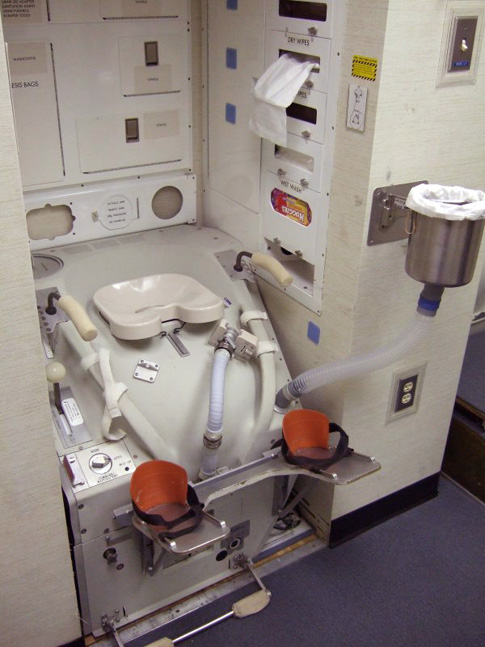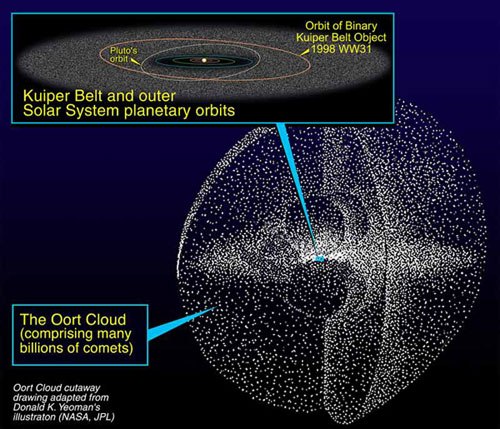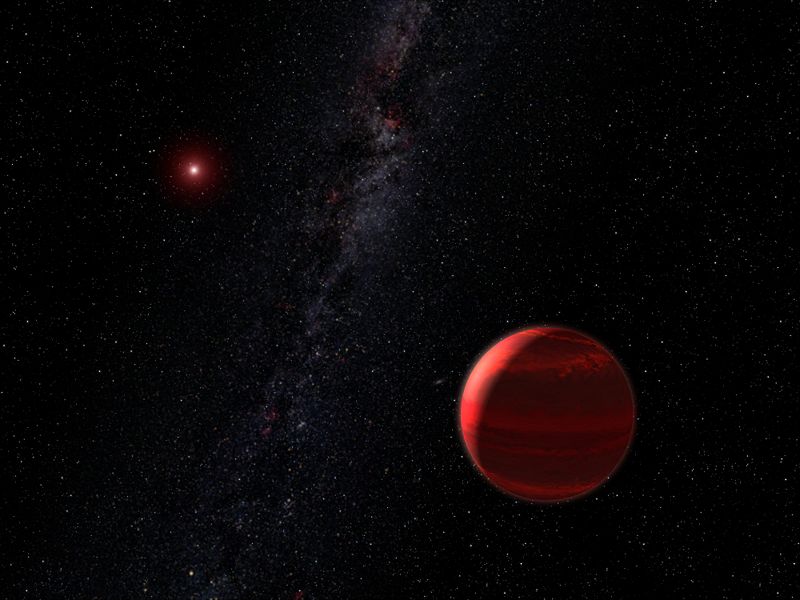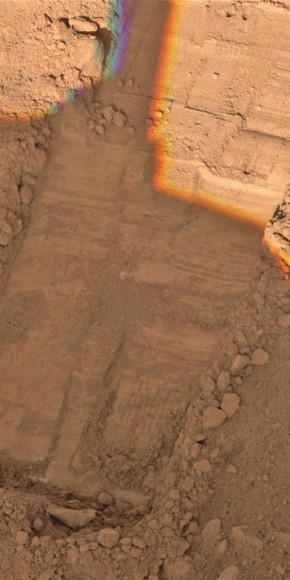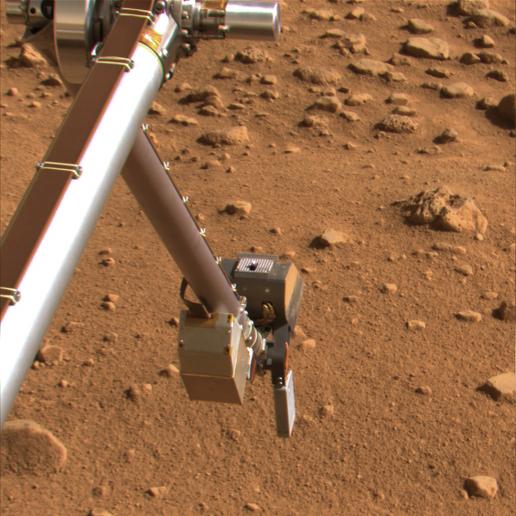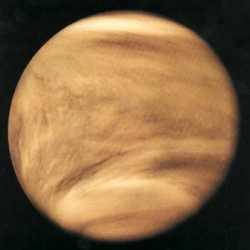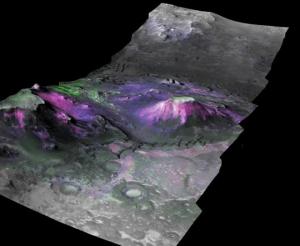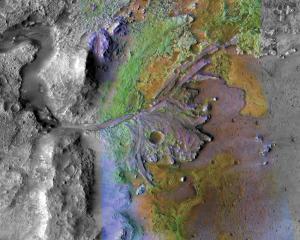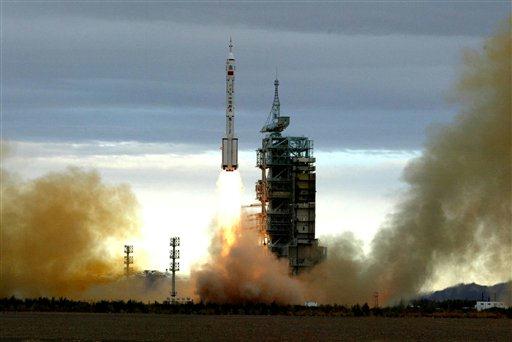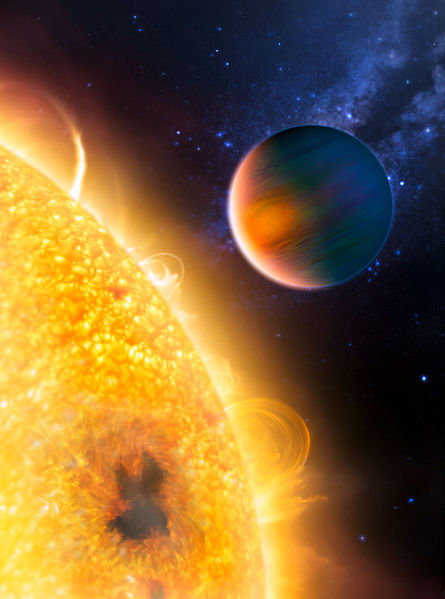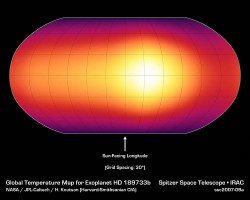A NASA contractor needs urine. And lots of it, too, about 30 liters (8 gallons) a day, even on weekends. All the details, if you need to know or need to go, of how to collect the specimens are over at SpaceRef, but the quick scoop is that contractor Hamilton Sundstrand is seeking urine from workers at the Johnson Space Center. The company is working on the new Orion space capsule that will replace the shuttle and eventually take astronauts to the moon. This is nothing new. NASA has a long-standing tradition of collecting samples from its workers to help design better space toilets because “you can’t make fake urine,” said John Lewis, NASA’s head of life support systems for Orion.
The contractor is working on how to deal with pee up in space and on the moon. “Urine is a mess because urine is full of solids,” said Lewis. Those solids clog the venting system for dumping pee, so keeping the waste disposal system clear is “really a challenge,” he said.
Here’s an article we did a few months ago about recycling urine on long duration space flights.
An email soliciting urine was sent out to JSC employees, but wasn’t meant to go public, Lewis said. In part the email said:
The Orion Program will be holding a urine collection study starting Monday, July 21 and running through Thursday, July 31, 2008. We are looking for donors as we need to collect a large amount of urine per day for the entire 11 day period. Please contact [deleted] at [deleted]@hs.utc.com to express interest in donating or to get answers to any questions you have regarding the study. We will be hosting an informational meeting with encouraged attendance for potential urine donors from 11-11:30 a.m. Thursday, July 17, 2008 in the first floor conference room. In this meeting we will go over instructions and guidelines for the study and introduce volunteers to the equipment that will be used in the study. If you are unable to attend this meeting due to scheduling conflicts, we can set up another time to clarify the study operations on an individual basis.”
Again, if you need to know more, see the entire email here.
Don’t we just love to read other people’s mail?
Original News Sources: CNN, NASA Watch

